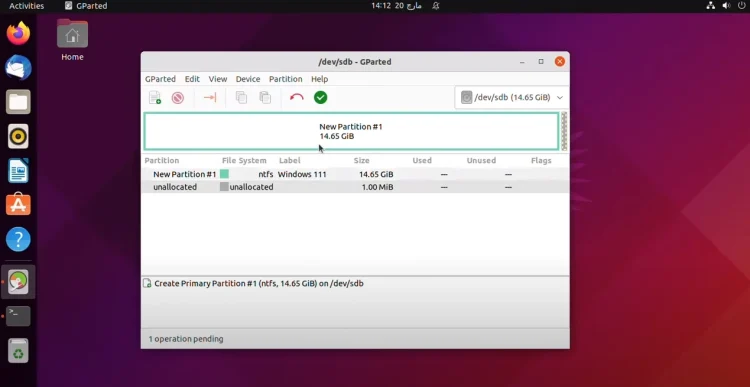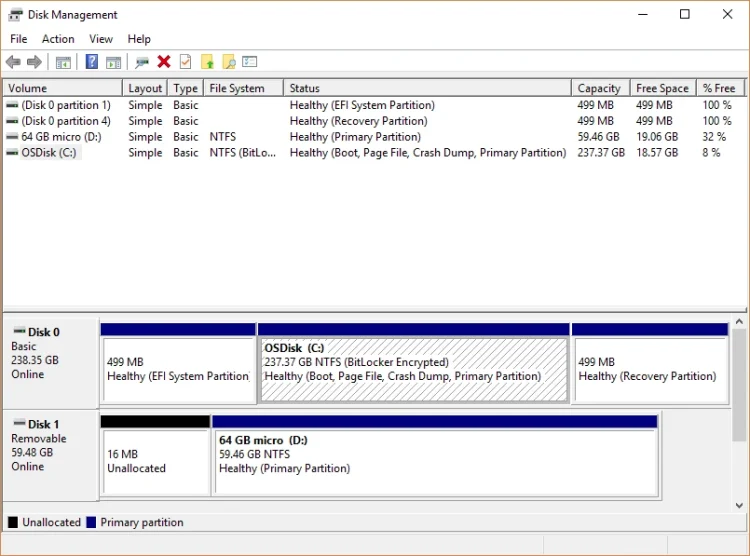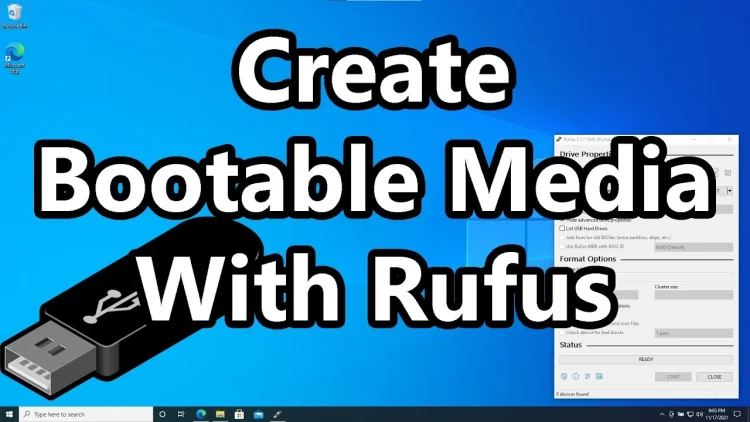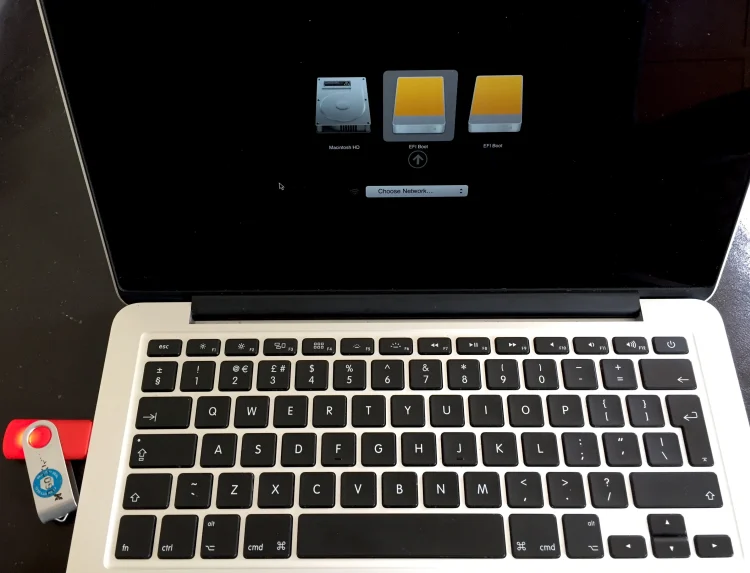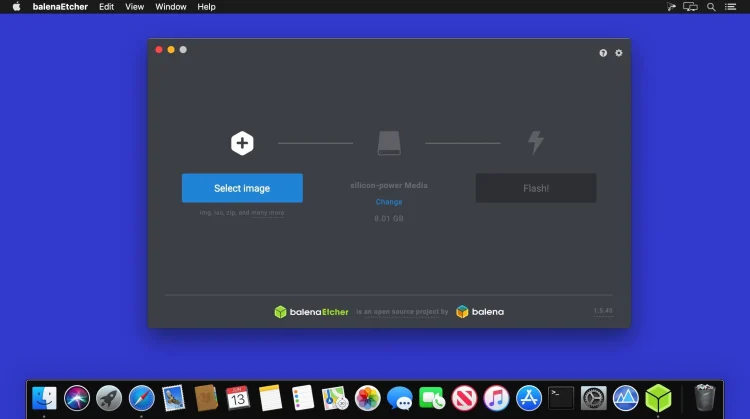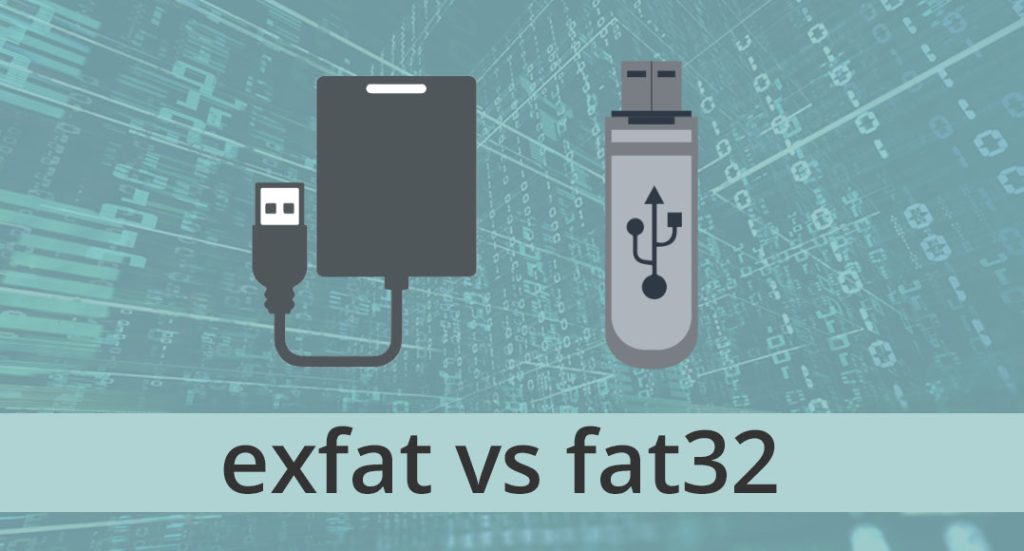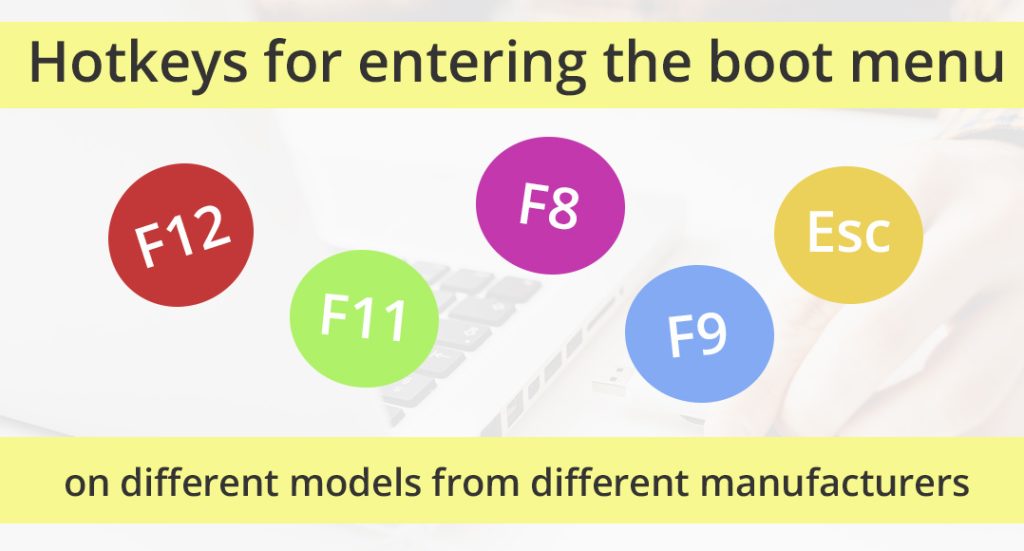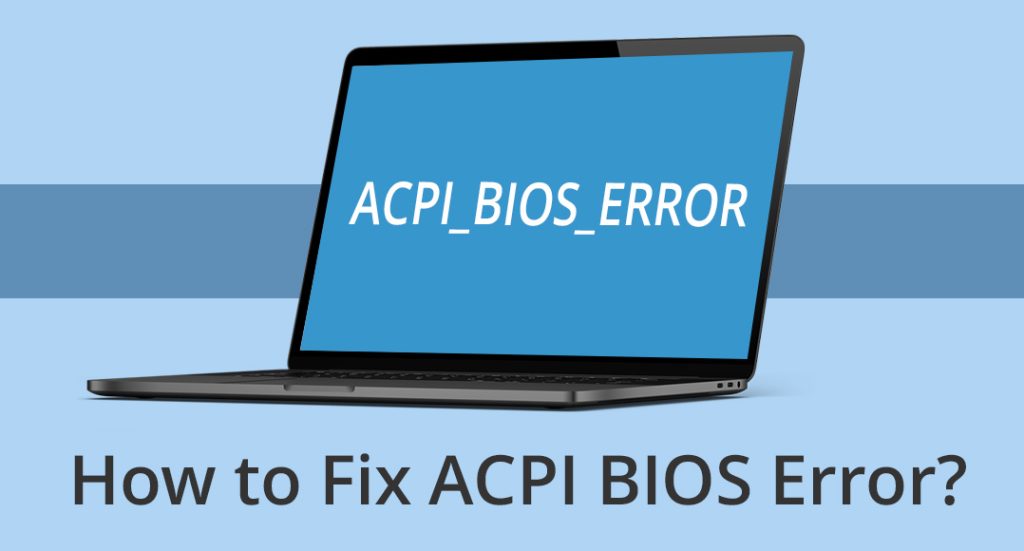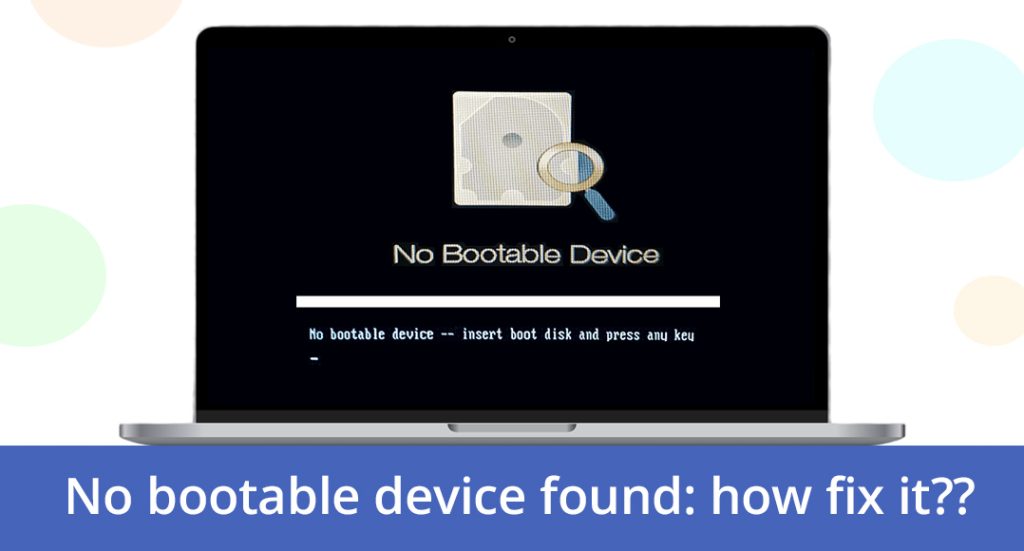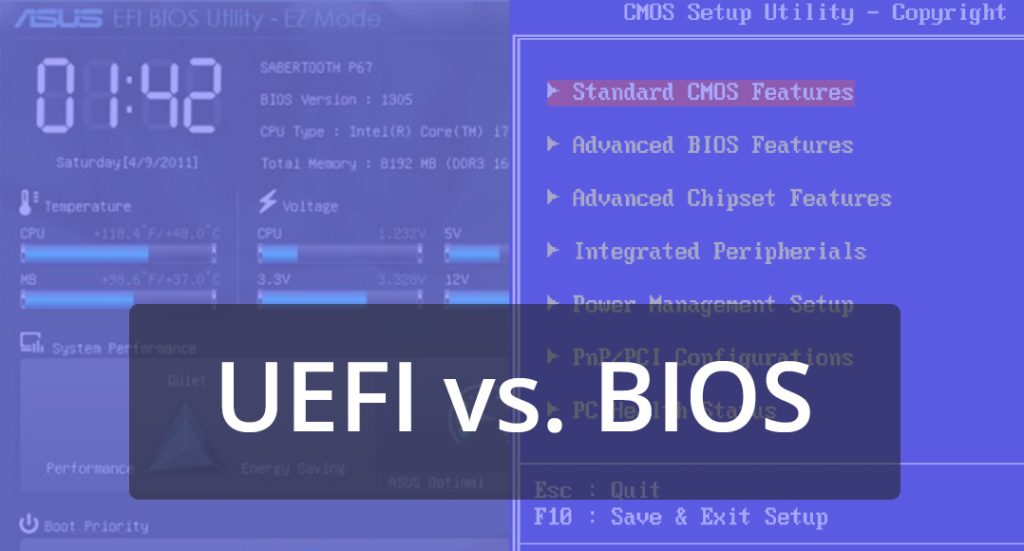Creating a Windows 10/11 Bootable USB on Ubuntu with GParted: Step-by-Step Guide
Hello everyone. In this article, I am going to show you how to create a Windows 11 bootable USB on Ubuntu using the GParted project. Updating Your System Before we begin, if you’re using Ubuntu, it’s a good practice to update your system. I will show you how to create a Windows 10 or 11 […]
Creating a Windows 10/11 Bootable USB on Ubuntu with GParted: Step-by-Step Guide Read More »

